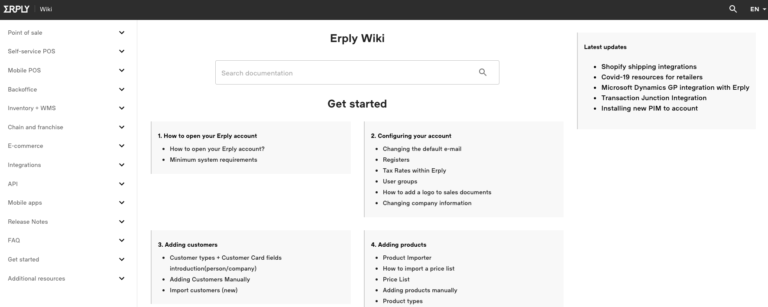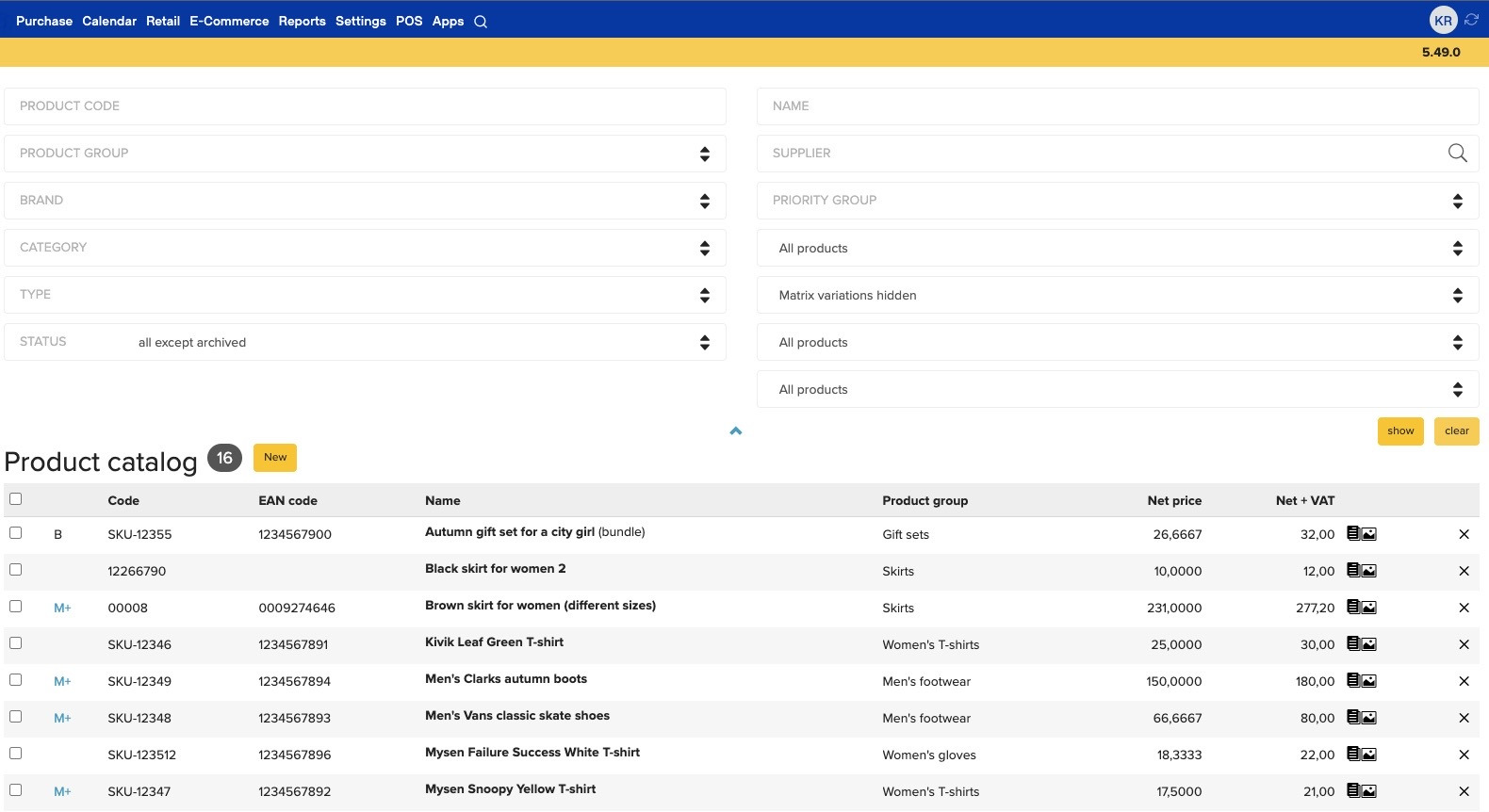A trademark alone is not what creates an image or brand for a business, but a combination of activities contributing to how the business is explained to oneself, the employees and customers.
In the first stages of your business activity, the course of its development is unpredictable – it may happen that you will have to rethink the strategy more than once. Although, it may seem as a harmless development, it can still pose challenges for an entrepreneur, as consumers value consistency in any company – 90% of consumers expect coherent communication from any brand and it is not wise to ignore that expectation. How to create and preserve brand identity, if the changes your company may undergo in the future are yet unknown?
Inc.com suggests taking Apple as an example, for they have introduced various products on the market, starting from desktop computers and ending with self-driving cars. Despite of their wide product range, the start-up launched in a garage by two enthusiasts has since grown into an iconic trademark that has not strayed from its chosen course even once.
Benefits of the large picture
Consider the large picture already in the beginning of your activity. Customers do not care about your company because you have a cool product, but only when you can make their lives better in some way. In order to reach consumers, the wording of the brand’s promise should explain that benefit.
Apple, for example, makes customers’ lives better with their innovation and technology – be it a colourful computer at the time when all the other computers were dull and grey, intuitive interfaces, virus-free programs or autonomous cars which look good and are easy to maintain. Every detail points to the fact that stylish technology helps to make consumers’ lives better.
Marketingdonut.co writes that branding is as important for small businesses as for major corporations. Moreover, many a large company tries to look like a small-time player, thereby trying to capture customers that rather prefer local businesses not corporations. Although, a majority of small business owners understand the importance of branding in building their business, they do not grasp the exact reasons – branding is not only about the trademark, but the way of describing the business to oneself, the employees and customers.
If a customer has emotional connection to the product and service provided, meaning that he or she shares the same beliefs as the brand, it increases sales numbers and helps the brand to stand out. This, in turn, leads to customer loyalty that enables increasing the sales numbers and maintain prices in a situation where competitors are forced to resort to discounts and special offers.
More than a colour and a logo
Branding means much more than a company’s logo, its style or colour – a brand, similarly to a person, should differ from others by character, customs and mentality, explains Inc.com. Personality can be achieved by answering specific questions, such as how people should feel when using your products; if your trademark was a person, how would you describe that person; and who would be the best spokesperson for that trademark and why? When thinking of Apple as a person, one gets an image of an intelligent, stylish and cool personality.
Shopify.com suggests analysing the market situation and what the company offers, in order to evaluate personality. What does the customer need to satisfy both his or her rational and emotional needs? The new brand should introduce the company, unify the customer base and help to stand out on the market. Positioning a trademark is also easier when you think, who would fit to be the heroes of the trademark.
When the brand’s personality has been decided, you can move on to selecting the colour theme and creating a visual. Choose, whether the trademark’s personality would be better expressed in a bald and trendy font or in refined letters? Should the design be sparse and airy or dense and diverse? Surveys show that these are actually the main aspects that make a real difference for the customer in developing personal attitudes towards a trademark.
However, the created visual is not set in stone – a brand does and should develop, similarly to Apple that has undergone great changes over time – the aim is to present the brand in a trendy way, meaning that a design conceptualized for the brand in the 1970s is no longer up to date.
Same message in different channels
When the branding objective, personality and the visual side have been created, think where and how you should communicate your message. To create a uniform platform for the whole company, think about the products, website, partners and social media – the message does need editing for different channels, but the brand image should be coherent in all channels. Both a 140-character tweet and a long product manual should both look and sound in a way that is characteristic of the brand.
Shopify.com warns against repeating the same message in different channels the same way. Instead, try to make key messages work together, so that they would create a complete whole.
Also, avoid copying other people’s ideas – there is no point in imitating the identity of major players, because as a small company, it is easier to attract customers that prefer original and authentic approach with a branding that stands out. Therefore, take a bold stand for the thing you care about. Since paperwork makes it difficult for large companies to be flexible and make fast and flexible changes, small businesses should take the advantage and use the opportunity to meet and respond to the customer expectations quickly.
Sign Up











